Growing up in the digital age I never had a “proper” film camera – just a cheap blue plastic point and shoot that I phased out by the time I left elementary school. I the only things I remember about it was the flash always washed out the photos and that I had to spend my week’s allowance just to buy a roll of film for it. I quickly left film behind for digital as most other millennials did. That is until this past summer when I inherited my mother-in-law’s Canon AE-1. I was surprised to find that there was still a film photography community.
After diving into this new hobby I thought only a few select online places carried film. Needless to say I was pleasantly surprised to find a few boxes of film on clearance at a local Walgreen’s (US drug store chain) while I was waiting to get a passport picture. Now whenever I go to drug stares I look and see if they carry film and I have found that some national drug store chains sell film like they used to when I was a kid.
The 2 films featured below are Kodak Gold 200 and Fujicolor Superia XTRA 400. Both of them I found at local drug stores, although I remember reading that Fujifilm is has stopped selling 3-packs of its lower-cost films, so it may be harder to find these days. I shot one roll of Gold 200 at its box 200 speed, and also pushed a roll +1 to ISO 400 to try and get more range with the lighting and to compare how different the results were to its native 200 speed. I shot them both on my Canon AE-1 with Canon FD 50mm/1.8 lens.
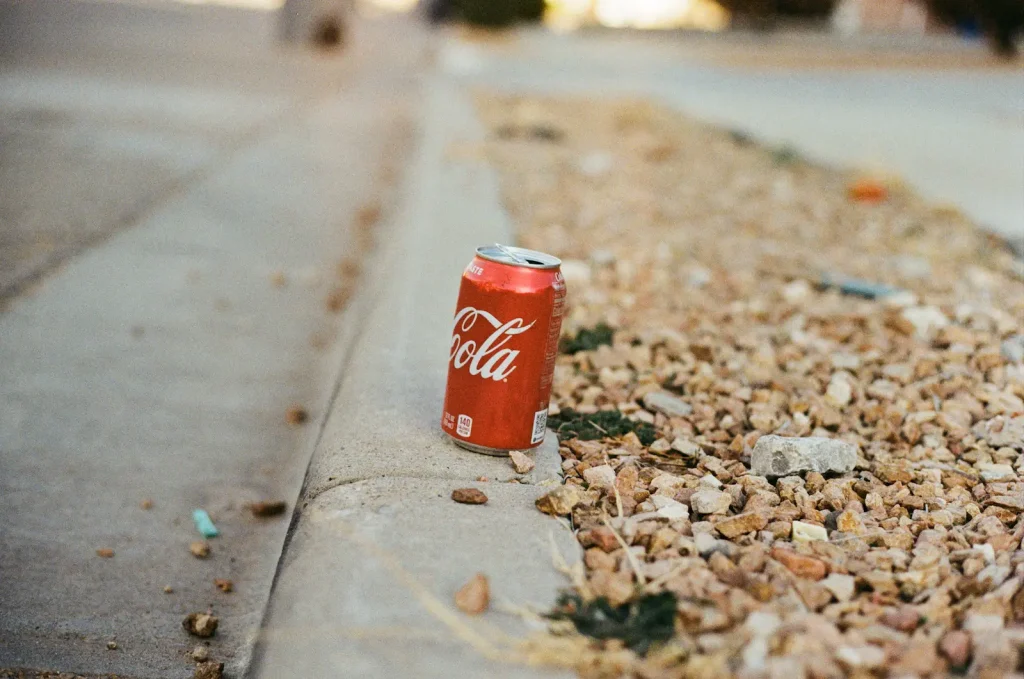
Kodak Gold 200
Kodak Gold 200 film has been around since I was shooting on my plastic blue camera I talked about in the intro. There are plenty of Gold 200 reviews on this site you can also read if you don’t find my analysis suitable (like this review , or this one ). It’s a warmer film that reacts with a more yellow tint to artificial light. It gives it a classic, almost retro feel that reminds me of older family photos that you’d find in a shoebox. At the same time though it produces true images that are crisp with minimal grain, keeping true to the 200 film speed.
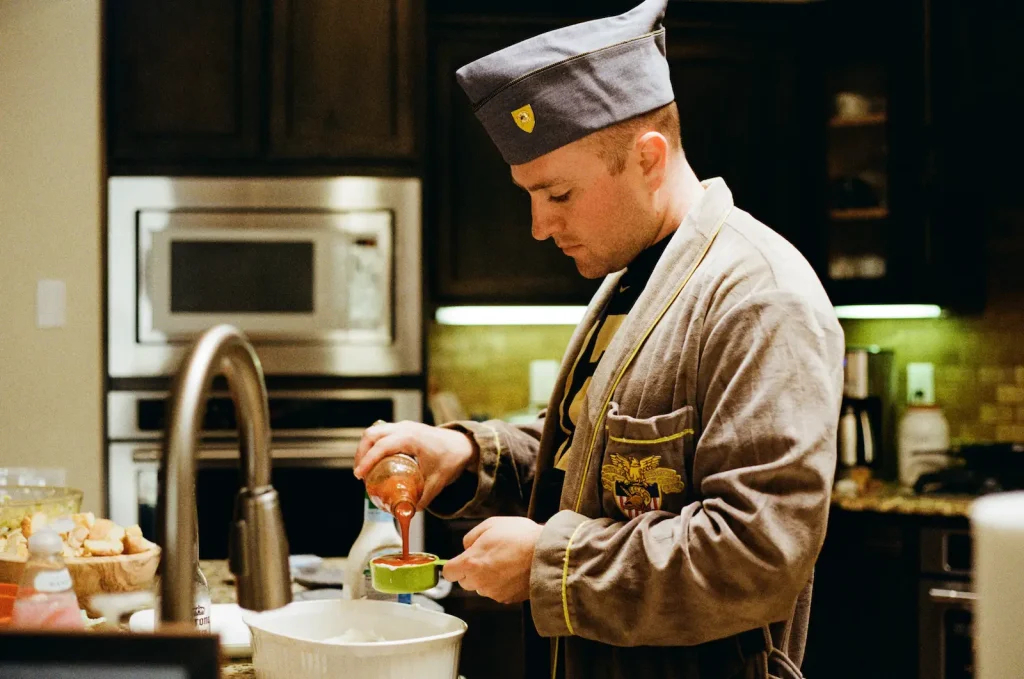
In terms of shooting at 200 or pushed to 400, I honestly didn’t find much of a difference in photo quality – which I guess is a good thing. I don’t typically like shooting at slower shutter speeds, so the push to 400 gave me that extra range I was looking for and I was able to take more shots at lower light/evening time when I was walking my dog. When shot in bright light it shows minimal grains overall and keeps that warm, almost “homey” look.
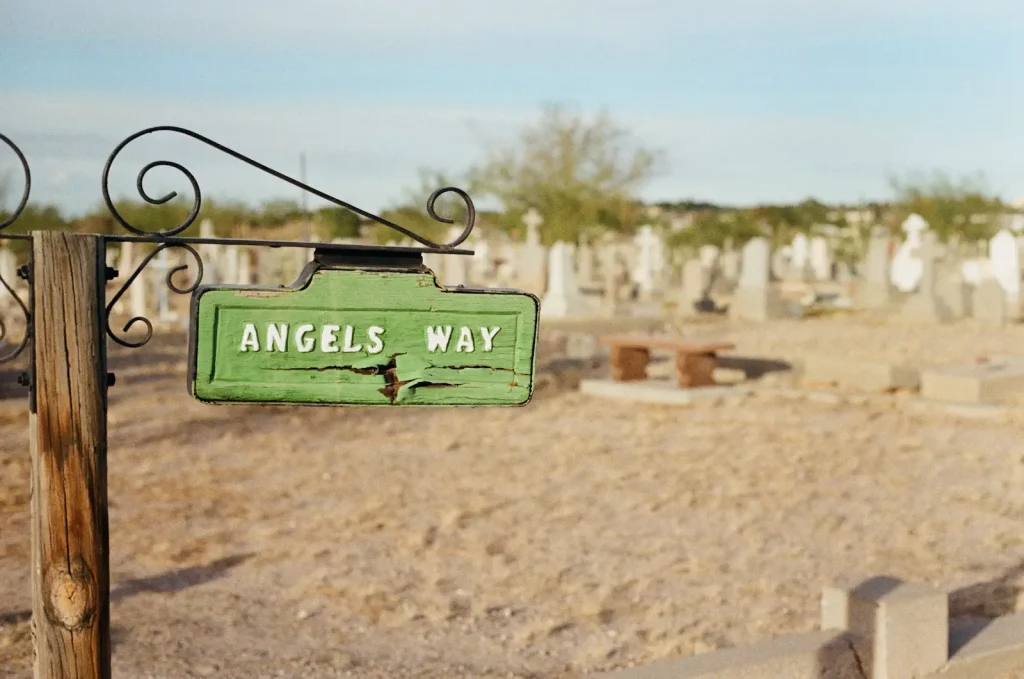

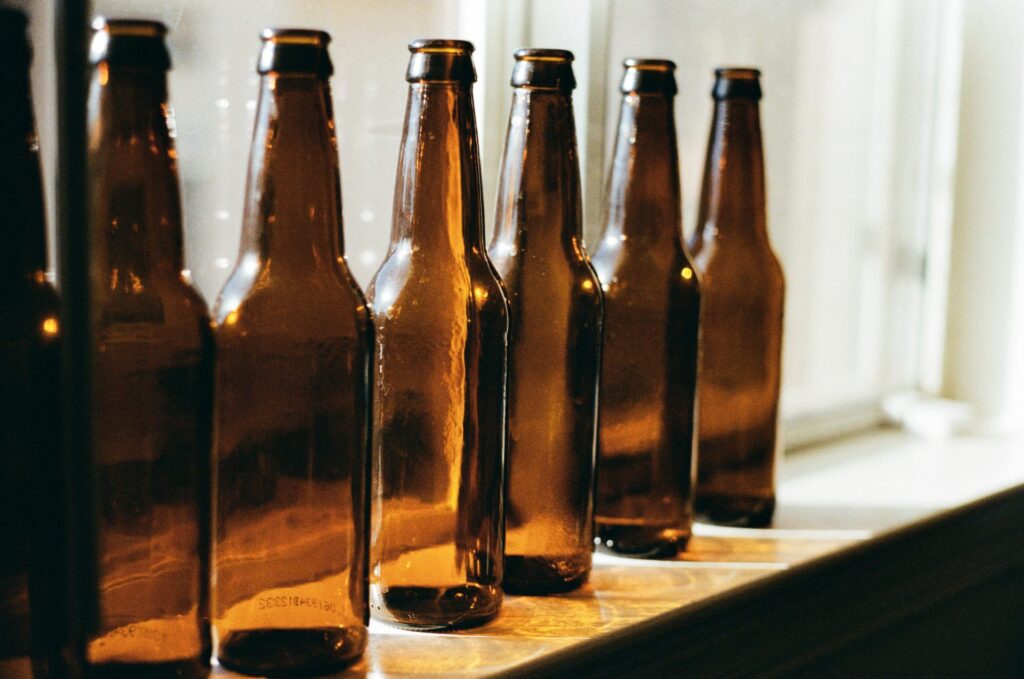
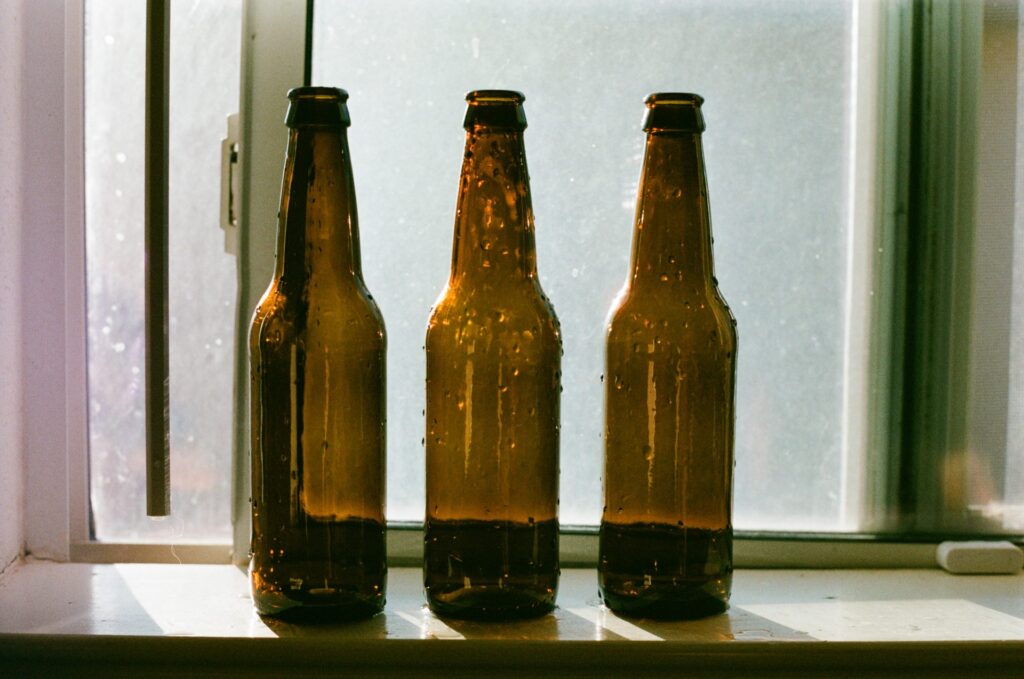
Fujicolor Superia Xtreme 400
This was my first time shooting any Fujifilm stock, and overall I was impressed. It reacted a lot like how the reviews I had read on it said it would: cooler neutral tones with vibrant reds, greens and turquoises. For being a 400 speed film I was very surprised at how fine the grain was and how little I noticed it, even in the below low-light shot.
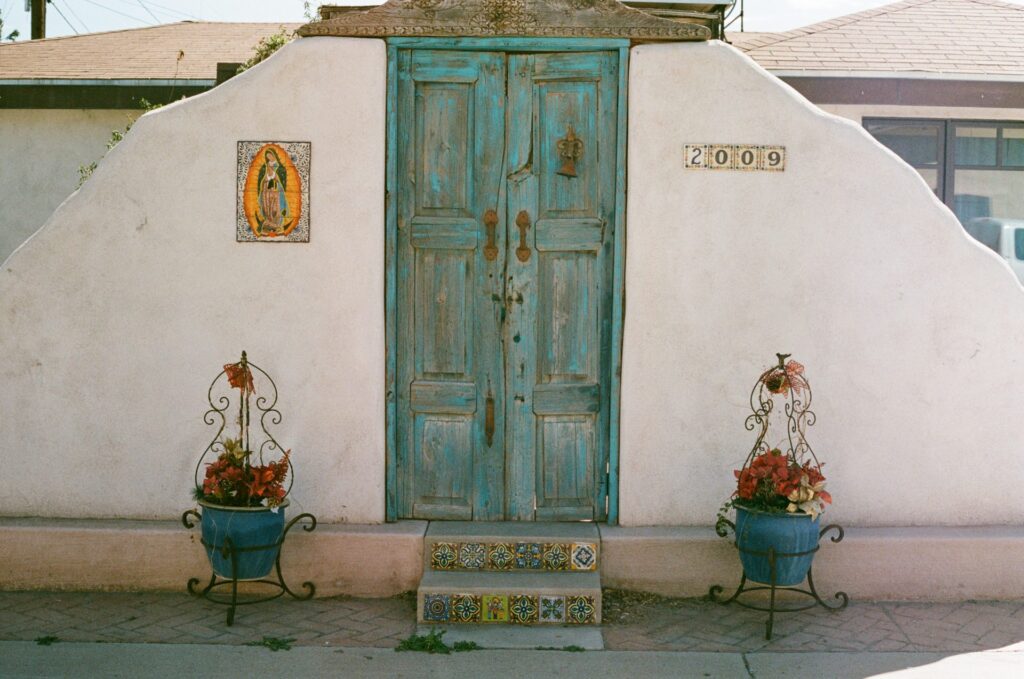
Overall it gives a different vibe than the Gold 200. I feel like the cooler tones make it a little more dramatic and I think would be better for street photography. I didn’t get the chance to experiment with any portrait shots from this roll, And unfortunately I had some light leak on nearly half my shots. The ones that turned out though do the film justice and definitely help to show that it is a viable film to shoot on.
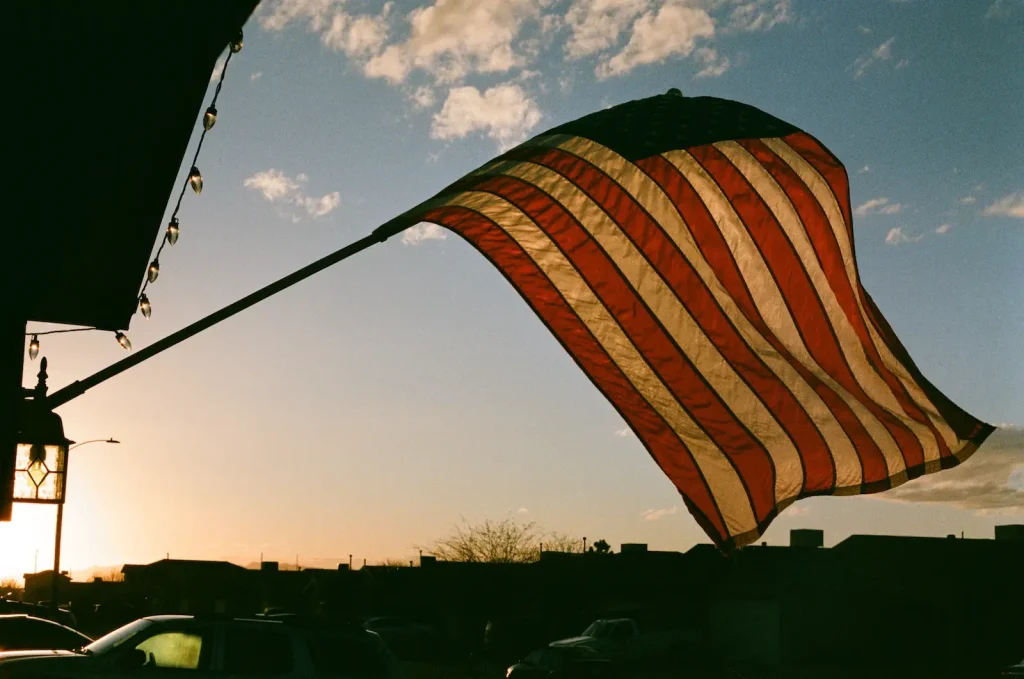
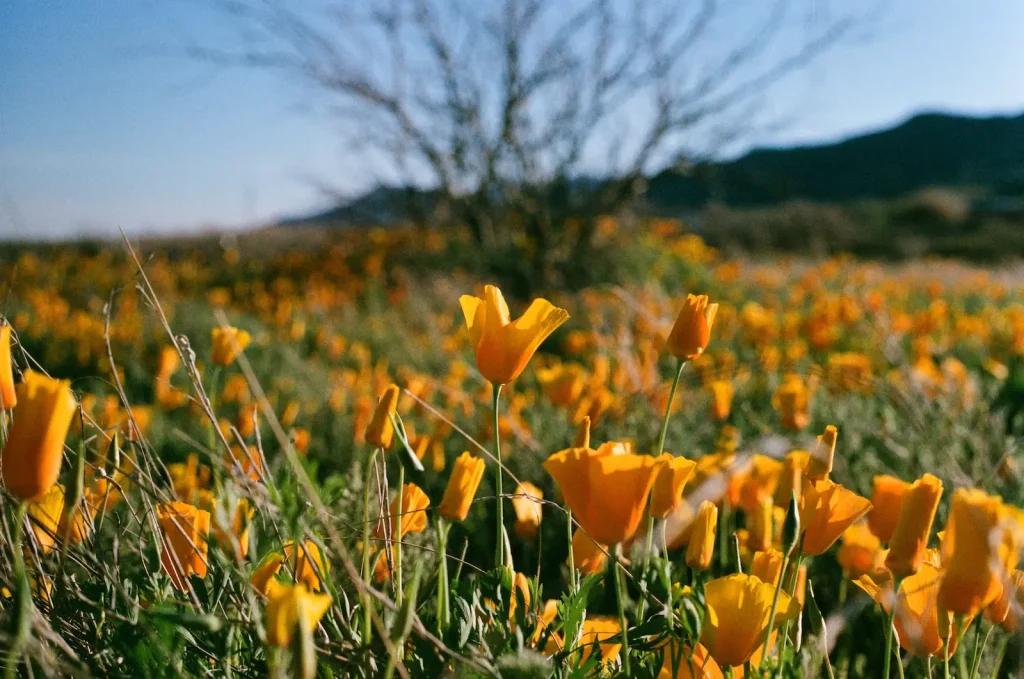
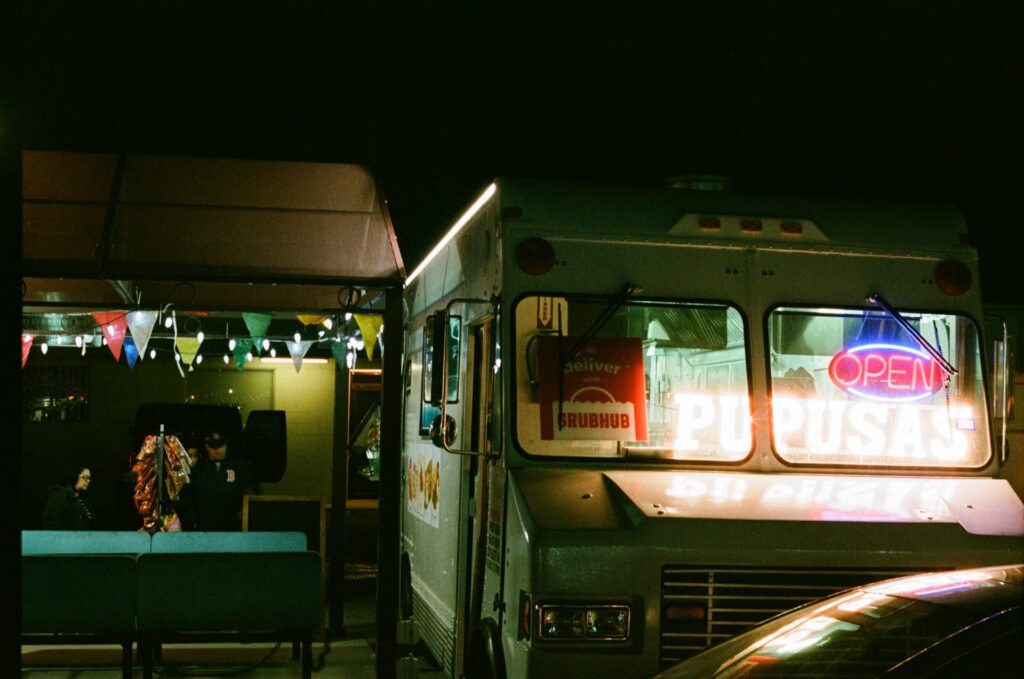
My overall purpose of this article was to highlight that good photos can be taken on budget film that can be found at your local drug store. I don’t necessarily think one is better than the other; they’re just different. If I know I’d be shooting more street photography I’d load a roll of Fujicolor. For all around shooting I’d load the Gold 200, pushing it depending on the lighting I was anticipating. I hope you enjoyed the comparison.
I’m an amateur photographer and an even more amateur writer. This my first stab at writing something other than a post on a group Facebook site, so please don’t be too harsh on be in the comments. Feel free to see more of my work on my Instagram
Share this post:
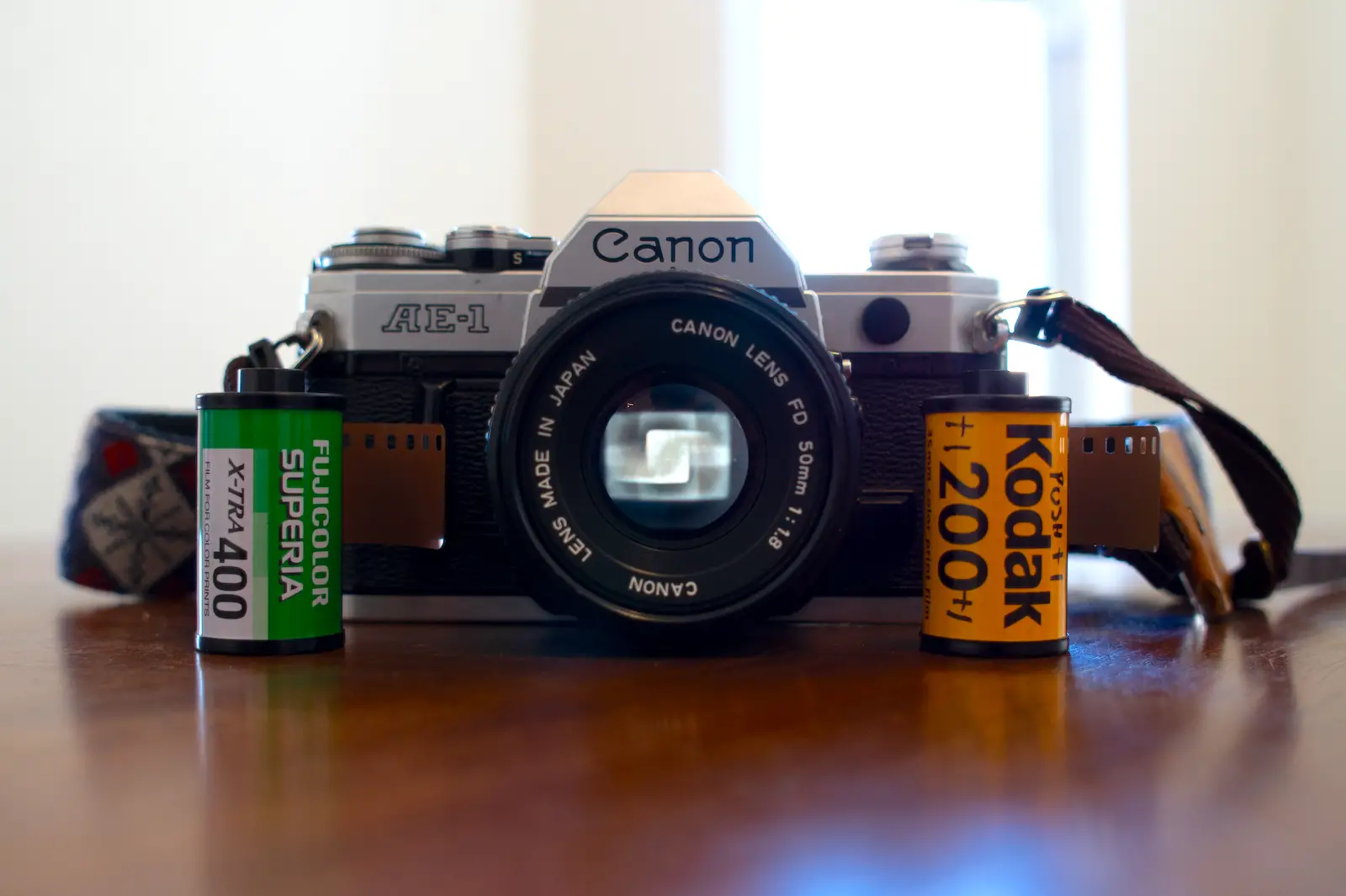








Comments
Christian Kautschitsch on Drug Store Film – A Short Review – By Charlie Bierwirth
Comment posted: 22/04/2020
VINICIUS QUAGLIA on Drug Store Film – A Short Review – By Charlie Bierwirth
Comment posted: 22/04/2020
Comment posted: 22/04/2020
David Allen on Drug Store Film – A Short Review – By Charlie Bierwirth
Comment posted: 22/04/2020
Lewis Meyer on Drug Store Film – A Short Review – By Charlie Bierwirth
Comment posted: 23/04/2020
Charlie Bierwirth on Drug Store Film – A Short Review – By Charlie Bierwirth
Comment posted: 23/04/2020
Merlin Marquardt on Drug Store Film – A Short Review – By Charlie Bierwirth
Comment posted: 23/04/2020
Clive W on Drug Store Film – A Short Review – By Charlie Bierwirth
Comment posted: 24/04/2020
Ronan W on Drug Store Film – A Short Review – By Charlie Bierwirth
Comment posted: 26/04/2020
1 Scene, 2 Mediums, 4 Cameras – Under The Hill on Drug Store Film – A Short Review – By Charlie Bierwirth
Comment posted: 03/11/2021